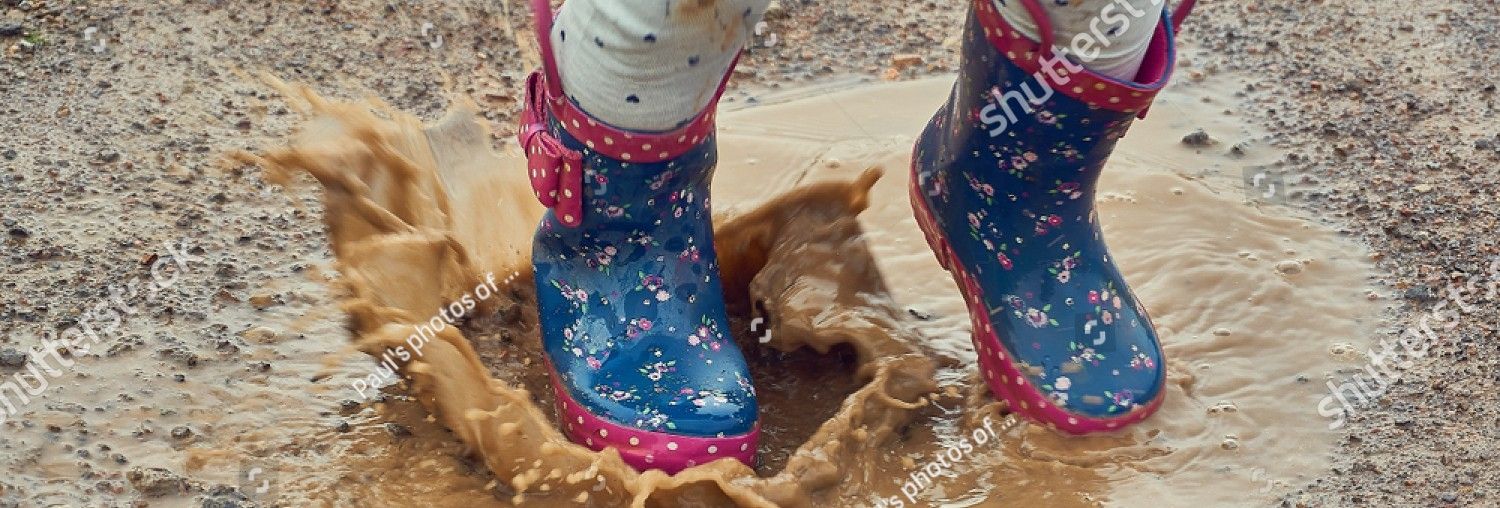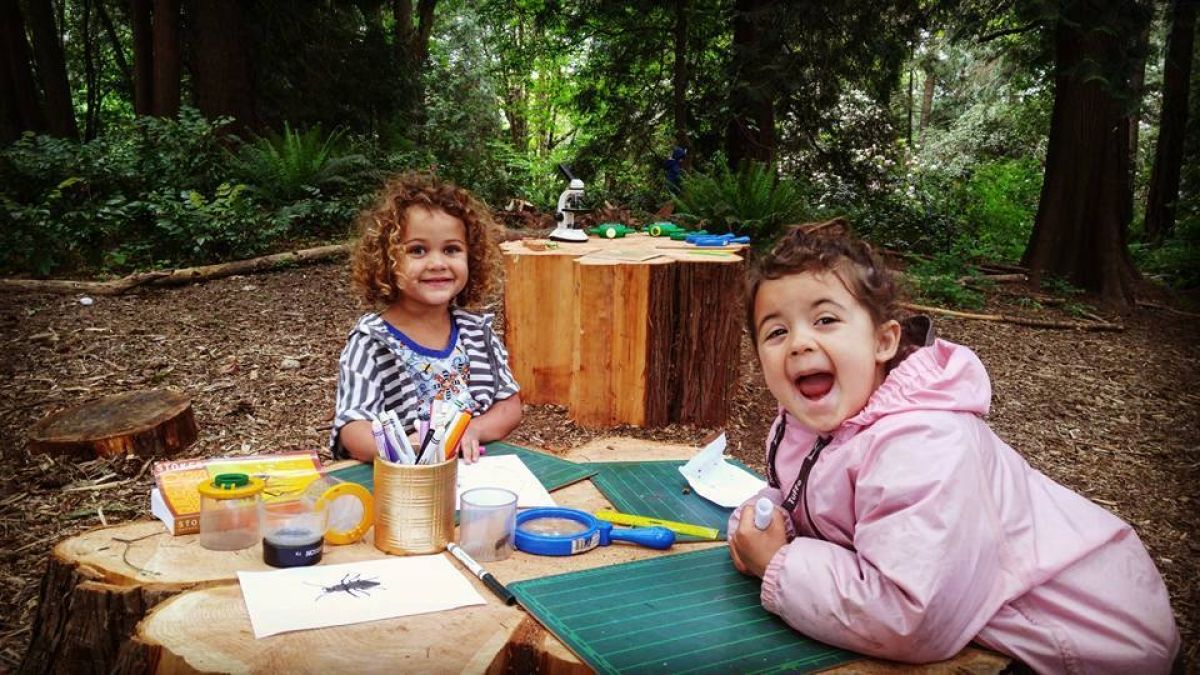
Defining "ONB"
The term "ONB" refers to outdoor, nature-based programs. These are programs that spend a majority of the instructional time outside and employ a nature-based curriculum. Many ONB programs spend the entire school time outside. In these programs, nature is at the heart of the curriculum, and in many cases, nature is the curriculum. These programs meet children's developmental needs through play-based, outdoor learning experiences that focus on the natural spaces that surround the children and educators in the program.
Is an ONB Program the Same as a Nature Preschool?

Nature preschools (also often called nature-based preschools or forest kindergartens, among other terms) are schools where nature is at the heart of the curriculum and where much of the learning happens outside in natural elements. Nature preschools are a type of ONB program (ONB programs can also serve school-aged children).
Many nature preschools have indoor learning spaces and use those spaces in much the same way as other kinds of early care and education programs. They are licensed under the existing rules in their state, and they elect to focus their program on nature-based learning, and they spend a lot of time outside in order to do that. An ONB program is a type of nature preschool that is particularly focused on outdoor learning. Many ONB programs are so focused on outdoor learning that maintaining indoor spaces for learning doesn't make sense. They may operate in a park, for example, and use a park shelter when they need shelter from elements, but they don't have a need for indoor classrooms. In many states, this type of program can't be licensed because it doesn't have indoor spaces that meet the state's requirements.
So, nature preschools are a larger umbrella that encompasses a variety of approaches, and ONB programs fall under that umbrella.
Are ONB Programs Entirely Outside?
Not necessarily! One way to think of an ONB program is that it's a program that has elevated the outdoors to a primary learning space. In the past, we have typically thought of early care and education as happening inside a classroom and using the outdoor spaces for breaks to play. The ONB approach flips this model, so we can think about learning in outdoor spaces and going inside for breaks if needed.
Another important consideration around the ONB approach is that it can expand our ideas about how space should be used in early care and education settings. Historically, we have licensed programs based on the size of their indoor space, assuming that the children will all be in this space for extended periods of time (which they were, making this a very reasonable starting point!). But, for programs taking an ONB approach, we can expect that children will be outside playing and learning for most of the school time, so it's important to consider that space, too. Some programs could be licensed to accommodate more children, for example, if we assume that the program is also using the outdoor space as a primary learning place. This is an important distinction both in order to expand our capacity for early care and learning opportunities, and also in order to change our thinking about where learning can happen.